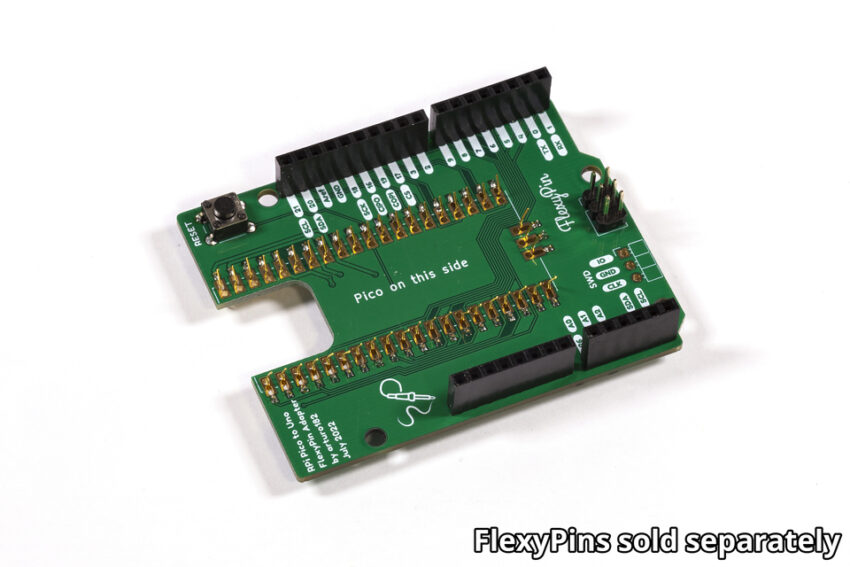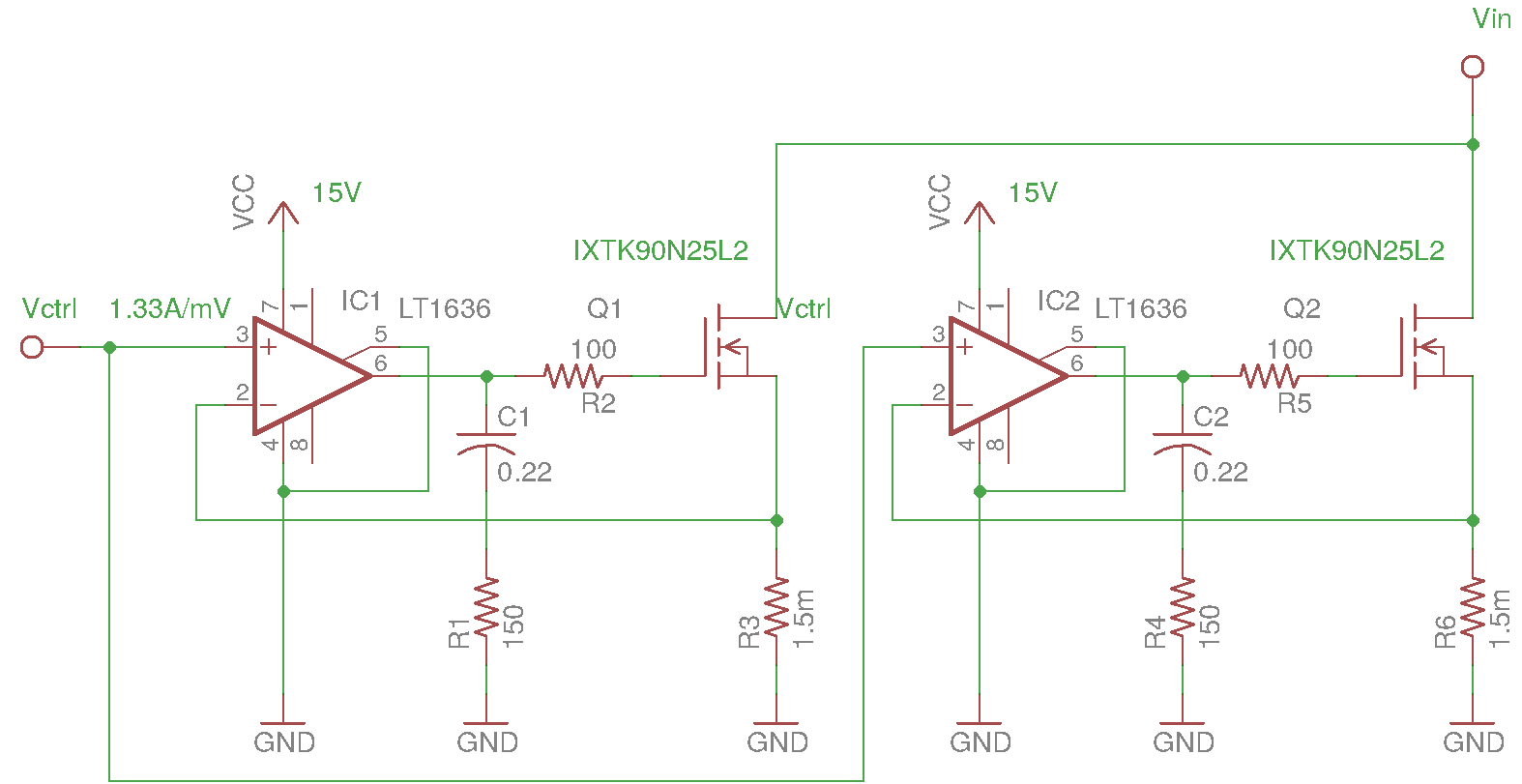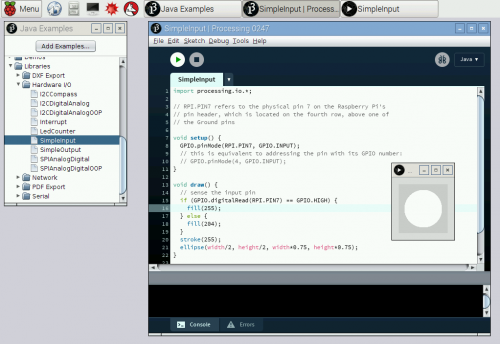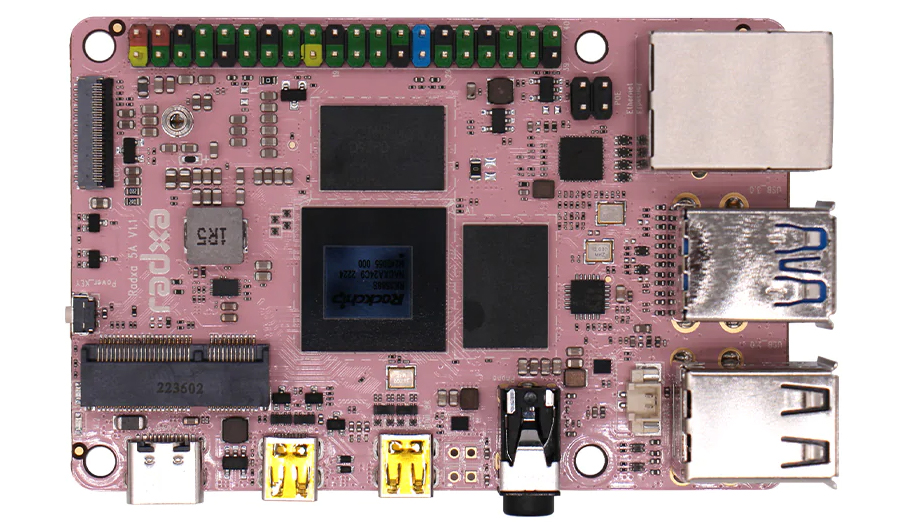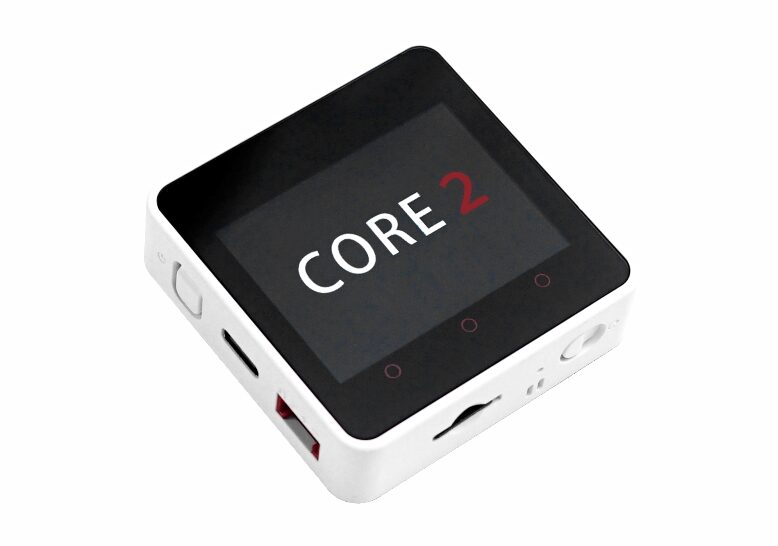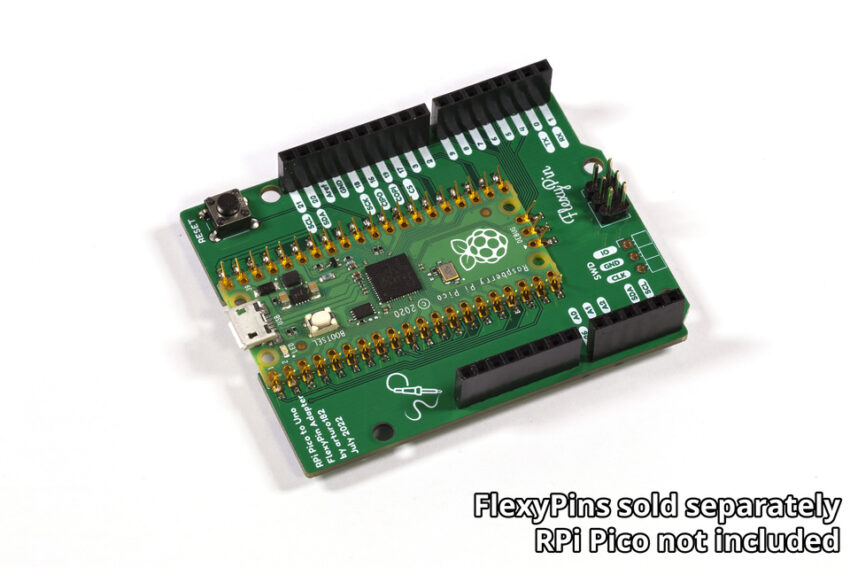
Solder Party’s FlexyPin Adapter offers a swift way to bring the Uno form-factor to the Raspberry Pi Pico
A Sweden-based consumer electronics and computers retail specialist, Solder Party has released its FlexyPin Adapter that gives the Raspberry Pi Pico an Uno form factor. With the help of FlexyPins, the board allows the Raspberry Pi Pico to be used with Uno shields without having to solder the Pico in place.
For castellated modules that have a pitch as low as 1.27mm, a connector pin called the FlexyPin has been designed. Since the footprint drills would be so close together, one might be able to use it with a 1.00mm pitch but it would require a more expensive PCB. The well-formed and gold-plated FlexyPins enable easy removal and insertion of modules without the hassle of soldering. They work great in many use cases such as testing, flashing, and others where the castellated modules are involved.
The Raspberry Pi Pico boards make use of 3.3V logic, whereas the Arduino Uno is 5V. The Raspberry Pi Pico is not 5V safe, hence the compatibility between an adapted Raspberry Pi Pico and an original Arduino is not one-to-one. In addition, it exposes fewer analog pins, which could provide a challenge for some shields, however, the pin-mapping was chosen specifically to support an 8-bit 3.5-inch 480×320 parallel LCD shield without any issues. The LCD shield is driven by making use of the RPi’s PIO along with the bb_spi_lcd library.
To push against the castellated pin headers of a Raspberry Pi Pico or wireless-capable Raspberry Pi Pico W, the FlexyPins which are available as an extra are soldered into the board. Furthermore, along with an extra Serial Wire Debug (SWD) connector which is added to the bottom of the board, the pins are brought out to the Arduino Uno-format headers.
From Solder Party’s Lectronz store, the Raspberry Pi Pico to Uno FlexyPin adapter can be ordered for $1.50. Additionally, the soldering kit includes a reset button, a set of socket headers, and an optional pack of 100 FlexyPins. Under the CERN Open Hardware License v1.2, the design files are available on GitHub.





